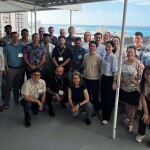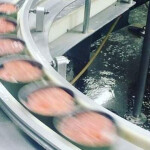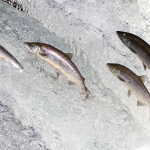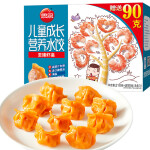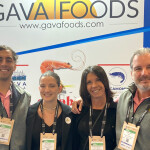Fishmeal
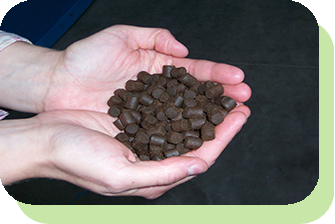
While activists continually express concern that fishmeal can post a health hazard due to concentrations of contaminants, the other issue with fishmeal, and fish oil, is that it takes wild fish to feed farmed fish. Just because feeder fish such as menhaden, anchovies and mackerel have less commercial value compared to salmon, that doesn’t make it environmentally feasible to scoop them up by the thousands to grind up into fishmeal for farmed salmon and other livestock production.
On top of that, Eppling noted many feed fisheries, especially in third-world countries, are not certified or well-managed, according to assessments by various NGOs.
While Eppling acknowledged it is unlikely salmon farmers can abandon the use of fishmeal or fish oil in feed altogether, “The goal has been to reduce it as much as possible.”
This has created a new term in the salmon farmer’s lexicon: fish-in-fish-out. Expressed in a ratio, it refers to the amount of feeder fish it takes to create enough feed to raise a single salmon, in round weight terms. Eppling said the ideal ratio would be 1:1, but many aquaculture certification programs allow for ratios ranging from 1:1 to no more than 2:1.

